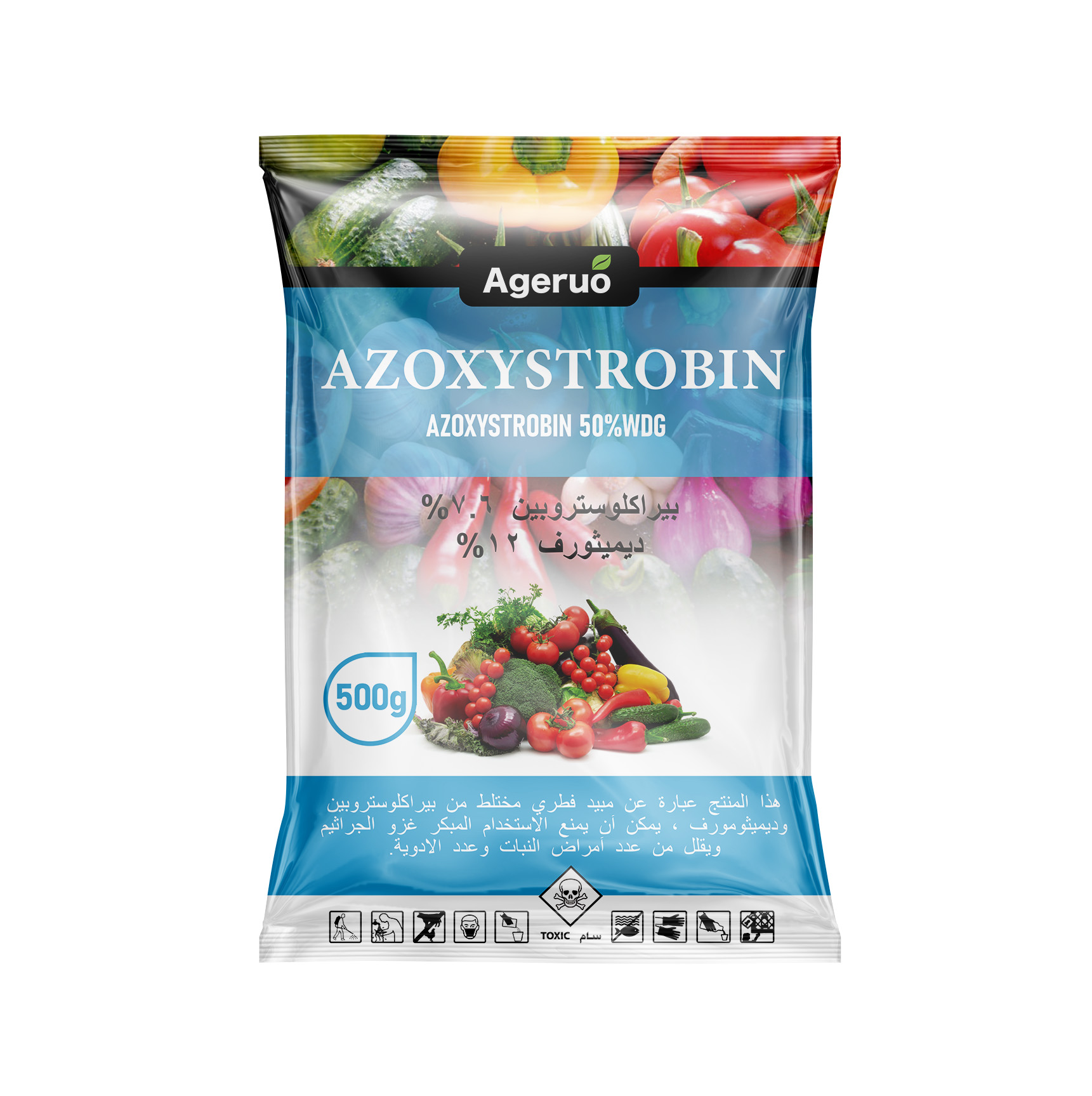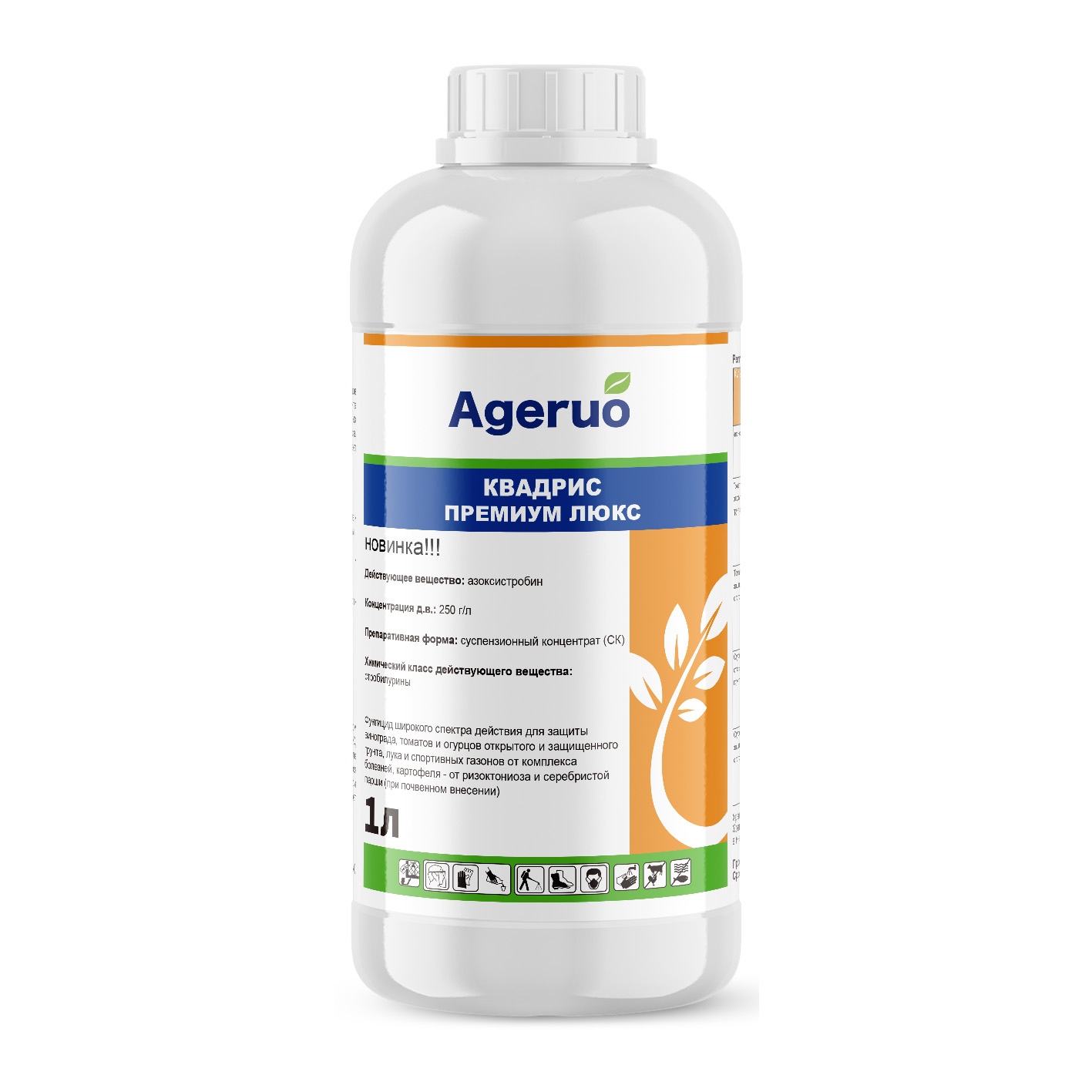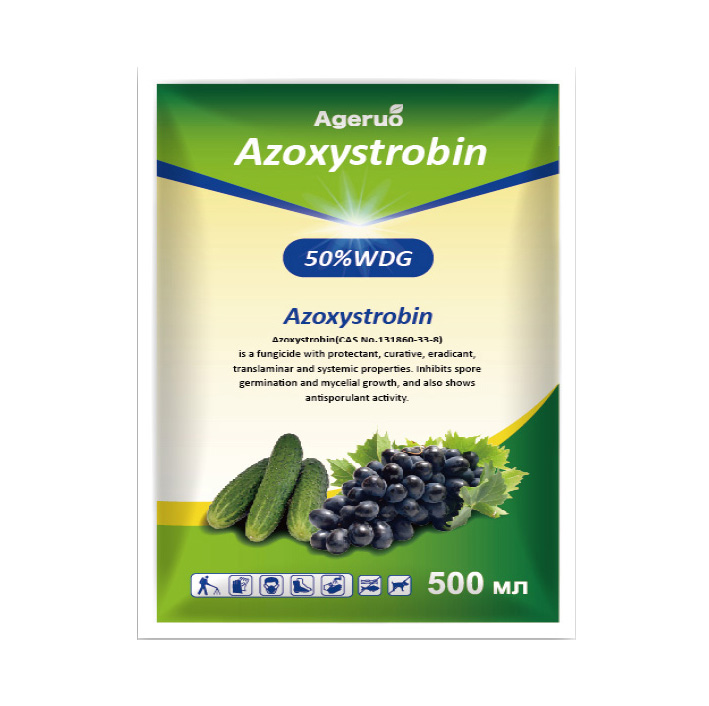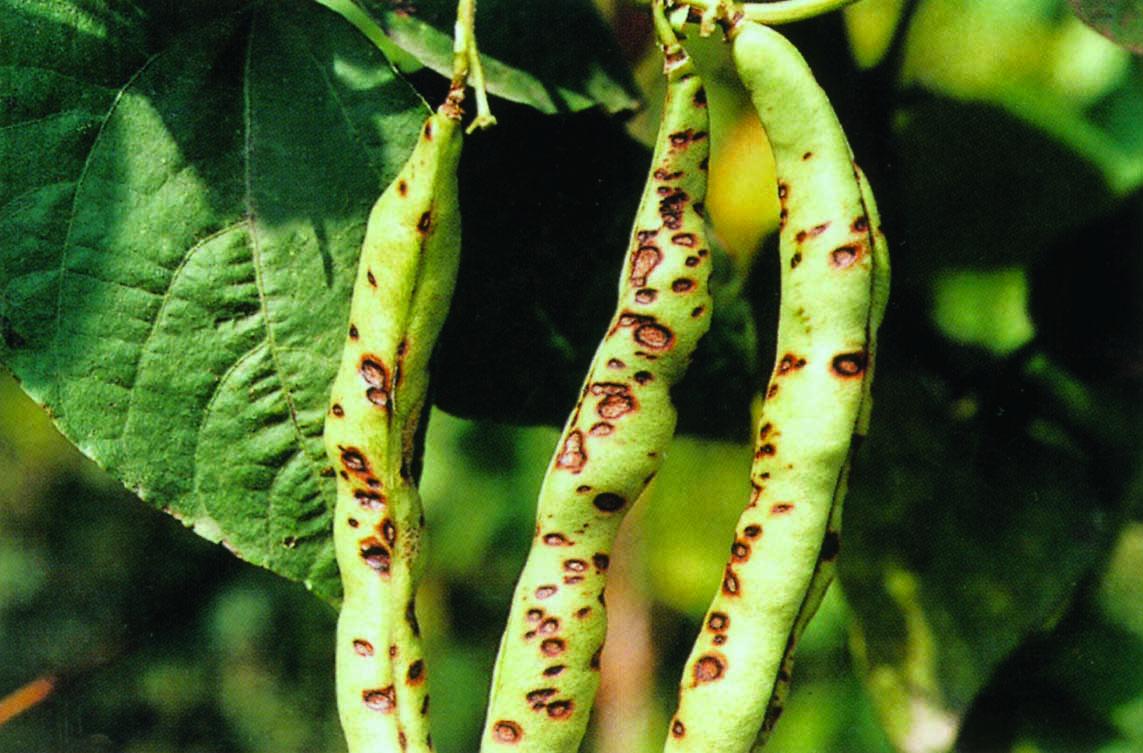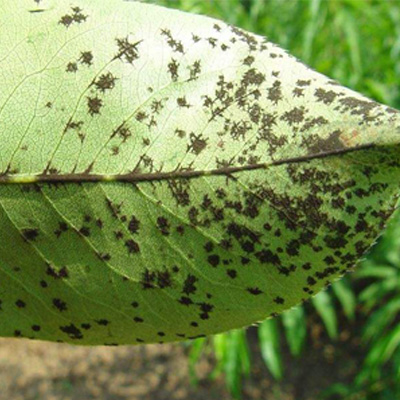1. What diseases can Azoxystrobin prevent and treat?
1. Azoxystrobin is very effective in controlling anthracnose, vine blight, fusarium wilt, sheath blight, white rot, rust, scab, early blight, spotted leaf disease, scab, etc.
2. It is especially effective against watermelon anthracnose and vine blight.
Related reading: Azoxystrobin and Propiconazole Fungicide Rotation
2. The role of Azoxystrobin
1. Broad sterilization spectrum
Azoxystrobin can prevent and treat a variety of diseases, especially when multiple diseases occur at the same time. Due to the characteristic of one drug that can cure all diseases, Azoxystrobin can reduce the dosage of medicine during use and reduce everyone’s production costs. Diseases to be controlled include powdery mildew, rust, downy mildew, green blight, etc.
2. Improve disease resistance and stress resistance
Azoxystrobin can increase the disease resistance of crops, making them less sick, vigorous and fast. At the same time, compared with unused crops, after using Azoxystrobin, crop yields will be higher when climate conditions are not good.
3. Delay aging
Crops using Azoxystrobin can extend the harvest period, increase the total yield of crops, and improve everyone’s total income.
4. Long lasting effect
The duration of effect of Azoxystrobin can reach 15 days. Since you can reduce the frequency of medication, the residues on vegetables and other crops will also be reduced.
5. Efficient and safe
Azoxystrobin has strong systemic absorption and obvious penetration effect. It is a natural, low-toxic and safe fungicide.
3. Which pesticides are prohibited to be mixed with Azoxystrobin?
Azoxystrobin cannot be mixed with insecticide emulsifiable concentrates, especially organophosphorus emulsifiable concentrates, nor with organosilicon synergists. Due to its strong permeability and spreadability, it is easy to cause phytotoxicity.
Post time: Jan-15-2024


